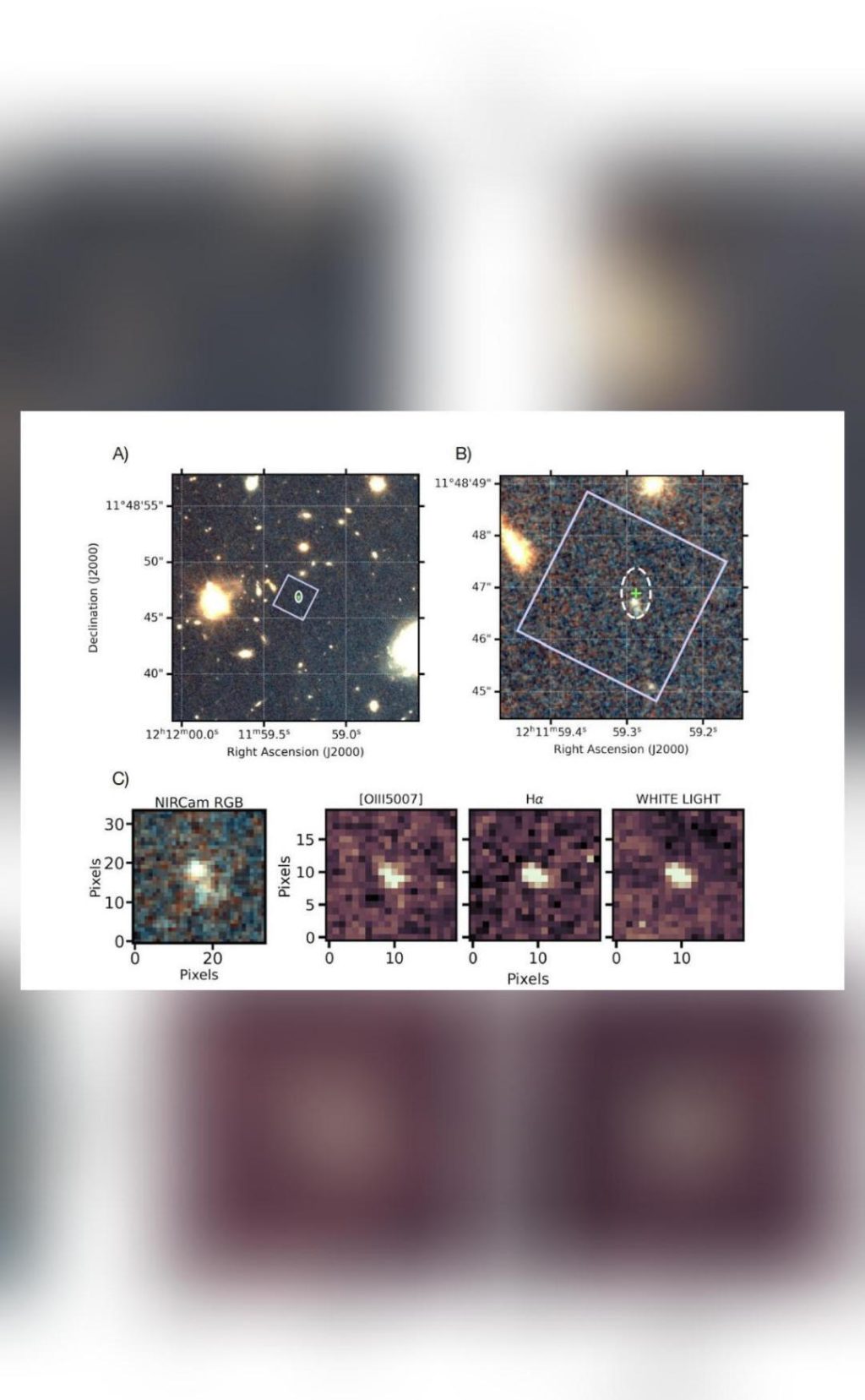
Most Distant Fast Radio Burst Ever Detected
Fast Radio Bursts (FRBs) are brief, intense pulses of energy that have been detected originating from distant galaxies across the universe. These enigmatic events have fascinated astronomers and astrophysicists alike, as they offer a unique window into the distant universe. Recently, a team of astronomers has made a groundbreaking detection, recording the most distant FRB ever observed, FRB 20240304B. This remarkable discovery has shed new light on the early universe and the formation of galaxies.
The Detection
The detection was made using the MeerKAT telescope, a radio telescope array located in South Africa. MeerKAT is a powerful instrument, capable of detecting faint signals from distant galaxies. On March 4, 2024, the telescope picked up a brief, intense pulse of energy, lasting only about a millisecond. This event was identified as a Fast Radio Burst (FRB), and further analysis revealed that it was the most distant FRB ever recorded.
The Distance
The distance to FRB 20240304B was measured using the James Webb Space Telescope (JWST), a powerful infrared observatory launched by NASA in 2021. By analyzing the light spectrum of the FRB, astronomers were able to determine its redshift, a measure of how much the light has been stretched by the expansion of the universe. The redshift of FRB 20240304B is 2.148, indicating that the FRB is located approximately 3 billion years after the Big Bang. This is a significant distance, as it takes light about 13.4 billion years to travel from the Big Bang to Earth. This means that we are seeing the FRB as it existed just 3 billion years after the universe began.
The Host Galaxy
FRBs are thought to originate from extreme astrophysical events, such as supernovae explosions or the merger of neutron stars. The host galaxy of FRB 20240304B is a young, star-forming galaxy, which is undergoing intense star formation activity. This galaxy is likely to be a massive galaxy, with a supermassive black hole at its center. The intense star formation activity in this galaxy is likely to be powered by gas and dust that has been compressed by the gravitational pull of the black hole.
The Cosmic Noon
The detection of FRB 20240304B provides a unique window into the early universe. The universe is thought to have undergone a period of rapid star formation and galaxy growth around 10 billion years ago, a time known as the “cosmic noon”. This period was characterized by the formation of massive galaxies and the growth of supermassive black holes. FRB 20240304B is a remnant of this period, offering a glimpse into the intense astrophysical activity that occurred during the universe’s early years.
Implications
The detection of FRB 20240304B has significant implications for our understanding of the early universe and galaxy formation. The observation of a young, star-forming galaxy at such a great distance provides strong evidence for the existence of massive galaxies in the early universe. This, in turn, supports the idea that galaxy growth and star formation were more rapid and widespread in the early universe than previously thought.
Conclusion
The detection of FRB 20240304B is a major breakthrough in our understanding of the early universe and galaxy formation. This remarkable event offers a unique window into the distant universe, providing insights into the intense astrophysical activity that occurred during the universe’s early years. The detection of FRBs continues to be an exciting area of research, with new detections providing valuable insights into the workings of the universe.
References
[1] https://arxiv.org/abs/2508.01648
Note: The news source is provided at the bottom of the blog post.






